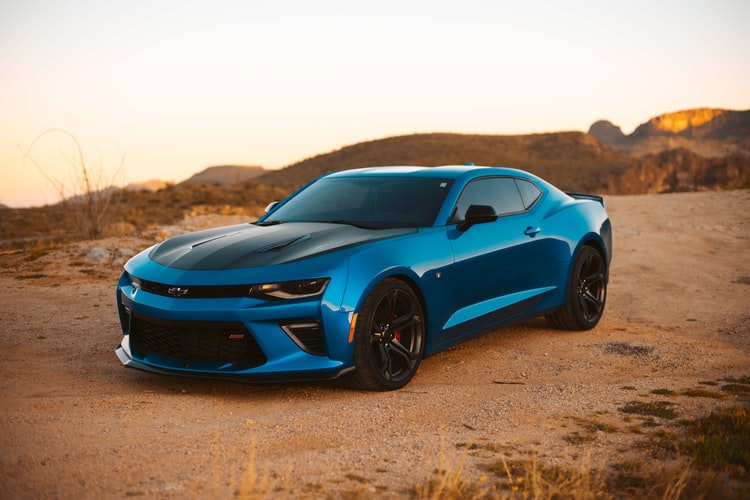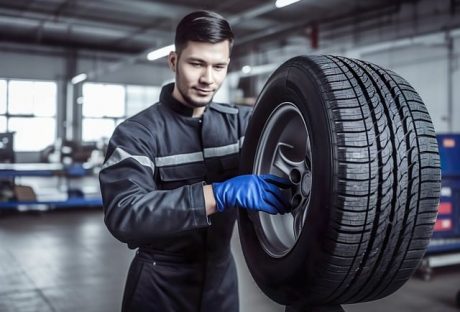There is an awe that greets the air when a classic car drives by, the sudden rush of excitement that propels your mind to wishing you had a classic car of your own. Car owners treat classic vehicles with a level of dignity not many have been accorded in their lives. If you have never had a classic car before, follow these guidelines, and you are good to go.
Contents
Choosing the Right Vehicle

Looking for classic cars for sale can be very cumbersome, and certain aspects have to be followed so that you may have the vehicle that you desire.
a) Purpose of the vehicle
Buying a classic car requires the buyer to have a particular inclination towards what they intend to use the vehicle. This principle is applicable to all customers who are buying automobiles. A sports car is mainly bought by men and women who want to have fun, and those who purchase spacious vehicles have families. A car salesperson will also appeal to your needs so that they could find the best fit for you.
b) Condition of the car
Before buying a classic car, you need to look at its state before taking that leap. They are very costly vehicles, and purchasing one requires that you pay attention to detail. Is the car damaged? Does it need parts? Is it original? Is it new? These are some of the questions that any buyer should be asking themselves, and make sure you get answers for that.
c) Maintenance costs of the vehicle
Classic cars have to be monitored very well, and these may incur so many costs along the way. It is highly recommended that you know your way around one of these vehicles. Start with something that will not frustrate you while maintaining it unless you have money to burn.
Set Yourself a Budget

The moment you begin to search for a vehicle, have a specific budget in mind of how much you need to spend to get your classic car. Buying a vehicle is not as simple as going to the mall; certain aspects have to be followed.
a) Purchase price of the car
The most important part of your budget is how much the car really is. Look for a vehicle that suits your wallet and ensure you look for the best price available in order to save as much as you can. Once you have determined the price, you can make an informed offer.
b) Maintenance and spare parts
The budget should have this in mind before purchasing your vehicle; know how much you will need to use to maintain the vehicle. Have a reliable mechanic who can get you the right spare parts like lift kits, batteries, engine components, filters, exhaust, and fuel systems. If you fit your car with the wrong spare parts, you may as well end up without a car.
c) Insurance
In today’s economy, there are financial hindrances to driving around a classic car. It is paramount that you get the insurance for your vehicle in order to drive one around. No one would want to see you pulled over in a 1947 Chevrolet 3600 because you don’t have car insurance.
Have a test drive

Drivers want to feel how it is behind the wheel before they purchase the vehicle and go home with it. The revving engine when you accelerate and change gears give any car enthusiast a racing heart and gushing face when driving a classic.
On the other hand, being taken on a drive can be equally rewarding. The vehicle may be on sale, but the experience of being in one may give you a sense of how owning one would be.
Final Thoughts
Classic cars have been the envy of many people, young and old. The pendulum swings both ways to those who wish they had such a beauty to drive around town. Owning a classic car requires sheer will and commitment because there will be hard times and good times.
Beginners out there will not have an easy time when looking for a classic car, but with a lot of research and commitment, you will get there. Begin your journey by exploring Dyler through their website https://dyler.com/cars for a wide range of classic cars.
Read Also:























